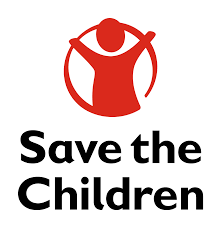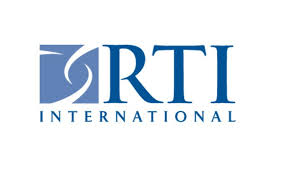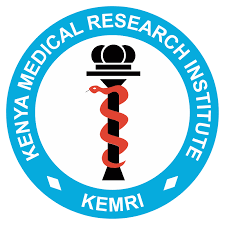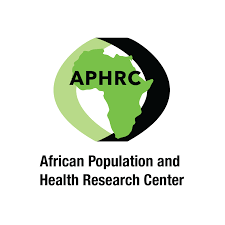Understanding the Transmission Pathways of Enteric Pathogens to Children in Kenya
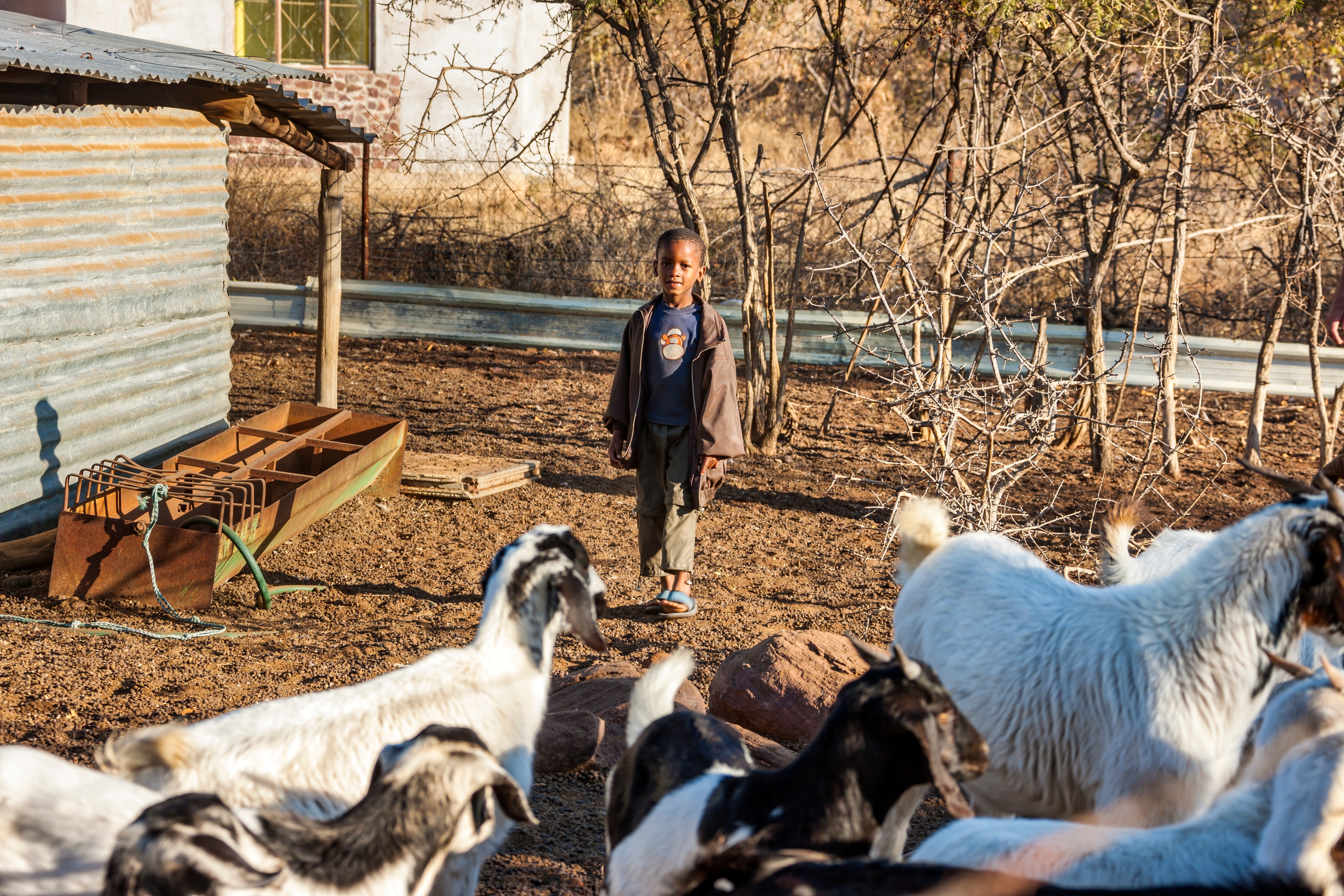
Abstract: Researchers are partnering with IPA Kenya, Save the Children, RTI, Kenya Medical Research Institute (KEMRI), and APHRC to assess the transmission pathways of enteric pathogens to children under two years of age in rural pastoralist communities and identify effective interventions to reduce transmission.
Chronic exposure to enteric pathogens—intestinal germs—can contribute to diarrhea and acute malnutrition by reducing the ability of the gut to absorb nutrients.1 Despite water, sanitation, and handwashing (WASH) interventions, fecal contamination and enteric pathogens remain prevalent in low-income and rural settings, such as Kenya’s Turkana South and Samburu North regions, due to limited access to improved sanitation and reliance on untreated surface water or shared water points.2 While more research is needed about transmission, evidence suggests that living near animals increases exposure to fecal contamination.3 Interventions targeting this issue may be effective in reducing child exposure to enteric infections and stunting.
Researchers partnered with IPA Kenya, Save the Children, RTI, KEMRI, and APHRC to assess the transmission pathways of enteric pathogens to children under two living in rural pastoralist communities and identify promising interventions to reduce the transmission. The study enrolled 100 households with at least one child under two years old in Turkana South and Samburu North regions of Kenya.
Researchers collected environmental samples, animal fecal samples, and child stool samples, to determine the presence of enteric pathogens, and conducted structured observations of children in their home environments to identify which objects they touch and put in their mouths. Household surveys and focus group discussions were also conducted with communities to identify which potential interventions could improve the quality of their lives and interrupt identified transmission pathways.
Results will be available in 2024.
Sources
1 Budge, Sophie, Alison H Parker, Paul T Hutchings, and Camila Garbutt. 2019. “Environmental Enteric Dysfunction and Child Stunting.” Nutrition Reviews 77 (4): 240–53. https://doi.org/10.1093/nutrit/nuy068.
2 Pickering, A. J. et al. 2019. “Effects of single and integrated water, sanitation, handwashing, and nutrition interventions on child soil-transmitted helminth and Giardia infections: A cluster-randomized controlled trial in rural Kenya”. PLoS Medicine 16, e1002841).
3 Ercumen, A. et al. 2017. “Animal Feces Contribute to Domestic Fecal Contamination: Evidence from E. coli Measured in Water, Hands, Food, Flies, and Soil in Bangladesh.” Environmental Science & Technology 51, 8725–8734).
Research Partners
